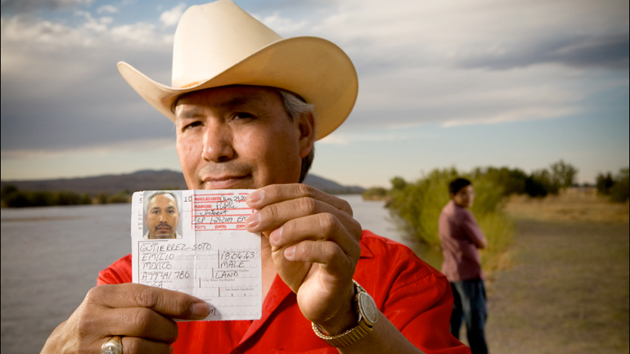OFFICIALLY, IT’S CALLED the Mérida Initiative, but critics have another name for the three-year, $1.4 billion plan to fight the drug war, unveiled by George W. Bush and Mexican president Felipe Calderón in 2007. They’ve dubbed it Plan Mexico, a reference to Plan Colombia, the controversial US-funded drug eradication effort; under the $6 billion (and counting) program, the production of Colombian cocaine has actually increased. Critics say Mérida is destined to be just as ineffective and may contribute to rampant human rights abuses by Mexican authorities, and provide US military training to soldiers notorious for ending up on the payrolls of the cartels.
Though the plan does direct some funds toward reforming Mexico’s corrupt justice system, the bulk of the money is slated for military training and hardware—equipment ranging from surveillance planes and Black Hawk helicopters to ion scanners and X-ray vans (to see inside other vehicles). By law, all of the funds must be spent by the US government, in the US, on US suppliers and contractors—a fact not lost on the private sector. Almost none of the money has been disbursed yet, but DynCorp International, the Virginia-based military contractor with a history of controversy in Colombia and Iraq, has already begun advertising for a Mérida Initiative “Program Director.”
Mexicans are already wary of private security contractors. Last July, videos surfaced showing security consultants training members of an elite Mexican police unit in what appeared to be torture techniques. (Officers are seen squirting water up a man’s nose and forcing a trainee to roll through his own vomit.)
Since Calderón mobilized the military against the cartels in December 2006, complaints to the Mexican National Commission of Human Rights have skyrocketed, from 182 in 2006 to 1,230 in 2008. “There’s a very clear correlation between the increased deployment of the military and increased human rights violations,” says Stephanie Brewer of the Miguel Agustín Pro Juárez Human Rights Center in Mexico City. Allegations have included rape, sexual abuse, torture, and, in 28 cases, murder. In 2007, two women and three children died in a hail of bullets when they failed to stop at a checkpoint in Sinaloa. “The soldiers’ response, given their military training, was to fire on the vehicle,” says Maureen Meyer of the Washington Office on Latin America. “Police and the military are not interchangeable. Mexican armed forces should not be involved in anti-drug operations.”
But the biggest risk in providing Mexican soldiers with US training is the career progression from Army grunt to cartel henchman. More than 120,000 soldiers have deserted since 2000, with many taking more lucrative jobs with the cartels. The Zetas, who started as Gulf cartel enforcers and now provide muscle to various cartels, were formed by Army veterans.
A better strategy might be to concentrate on the factors that are fueling the drug war. Yet nothing in the Mérida Initiative addresses American drug use or the smuggling of US weapons into Mexico. In fact, though presented as a binational agreement, “it contains not one single obligation on the part of the United States,” says Laura Carlsen of the Center for International Policy. Rep. Eliot L. Engel, the New York Democrat who chairs the House Subcommittee on the Western Hemisphere, acknowledges this flaw. But he pushed for its passage anyway. “It’s the only game in town,” he says. “You have Mérida, or you don’t have anything.” Engel is hopeful the new administration will formulate a broader strategy; a hint came during Hillary Clinton’s first visit to Mexico as secretary of state, when she said that “our insatiable demand for illegal drugs fuels the drug trade.”
It’s worth noting that the cocaine trade only moved to Mexico after Caribbean routes were choked off and the Colombian cartels were reduced to suppliers. Could success in Mexico displace the problem again? Mexican attorney general Eduardo Medina-Mora expressed concern in April that “our victory may very well mean that Central America becomes a hell of its own.” Congress apparently agrees, recently increasing Mérida funding for Central America, the Dominican Republic, and Haiti.
So far, Mérida is mostly talk. One of the few projects to reach fruition was a conference on arms trafficking at a resort in Cuernavaca. What came of this meeting of the minds? According to Medina-Mora: “an agreement to create a joint working group that could produce a timely report.”











